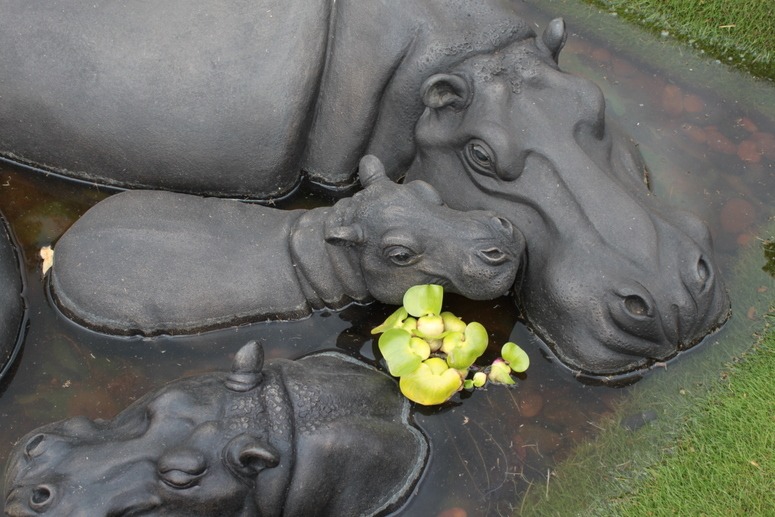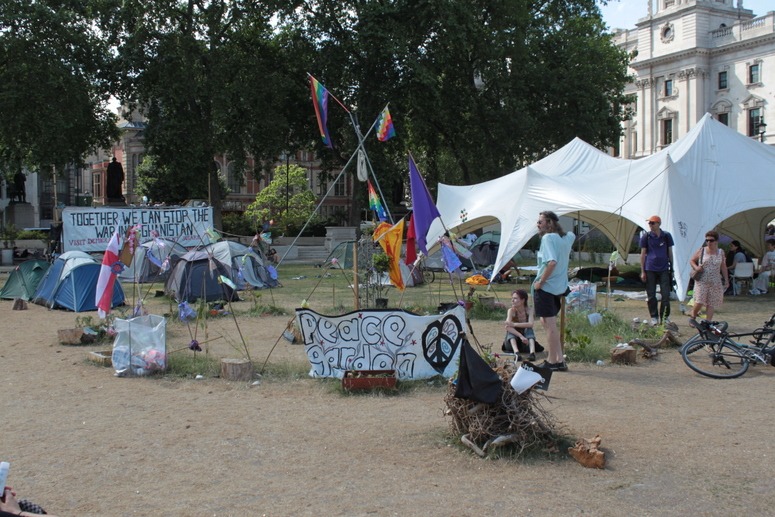 When Marcel Duchamp painted ‘The Passage from Virgin to Bride’ in 1912 New York was still deeply in shock from the loss of the unsinkable Titanic earlier in the year. On April 15, 1912 headlines had read: ‘God Himself Could Not Sink This Ship.’ Yet, all it took was an iceberg in the darkness to shake man’s faith in technology. Perhaps the 6th May suffrage marches in the city similarly shook the pscyhe of the men of the city? Yet by 1917 the women of New York had the right to vote.
When Marcel Duchamp painted ‘The Passage from Virgin to Bride’ in 1912 New York was still deeply in shock from the loss of the unsinkable Titanic earlier in the year. On April 15, 1912 headlines had read: ‘God Himself Could Not Sink This Ship.’ Yet, all it took was an iceberg in the darkness to shake man’s faith in technology. Perhaps the 6th May suffrage marches in the city similarly shook the pscyhe of the men of the city? Yet by 1917 the women of New York had the right to vote.
Sara Bard Field is said to have had conventional beginnings as a Baptist missionary wife. It is recorded that “she gradually evolved intellectually, emotionally and spiritually” finding the love of her life, working for suffrage and the right to birth control.
In 2010, once again icebergs are causing sleepness nights as temperatures heat up and polar ice caps continue to melt. This time perhaps young women are in danger of asking for ‘presidencies’ (think Sarah Palin), equal participation at the UN and who knows what else?






